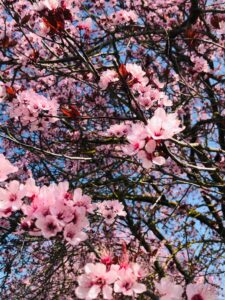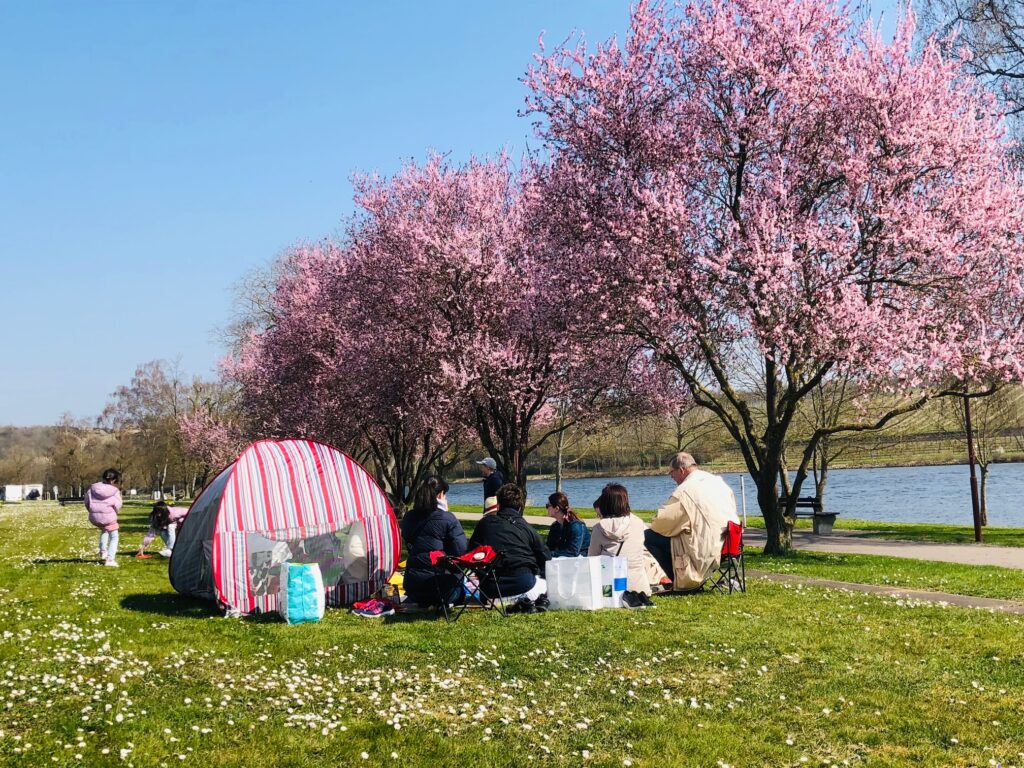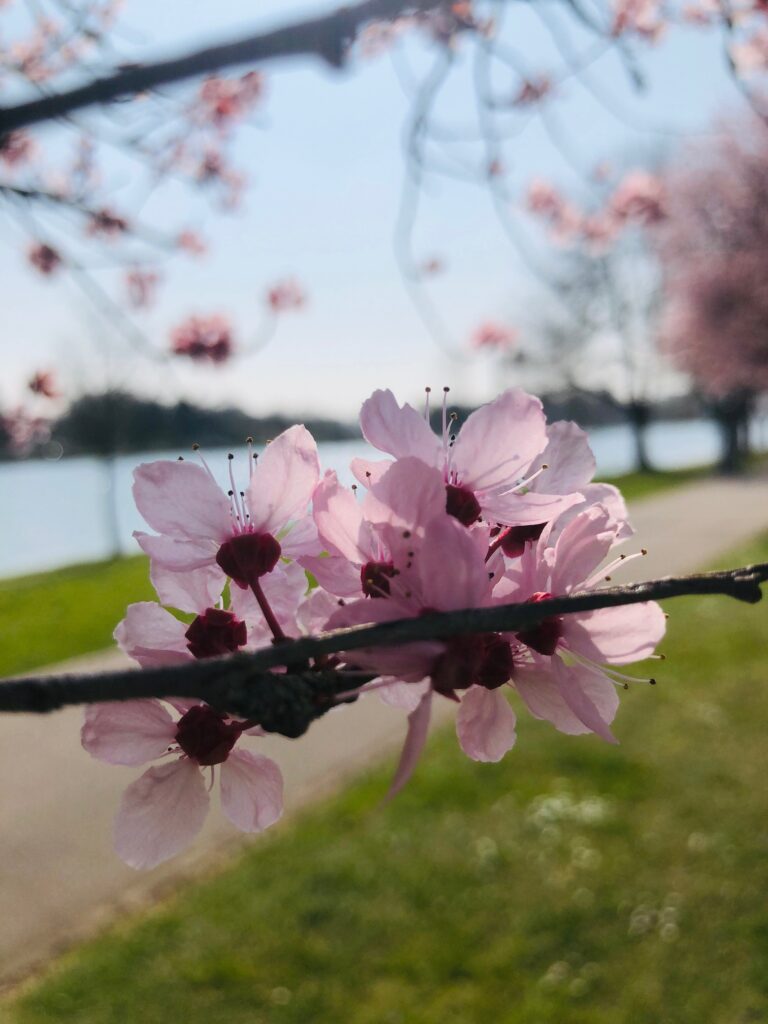Exhibition of ‘Spirit of Shizen’ at Luxembourg’s Natural History Museum, July-August 2022
Nature in Japan has long been awe-inspiring through the beautifully articulated four seasons, but also threatening due to recurrent natural phenomena such as volcanic eruptions, earthquakes, heavy rainfalls and tsunami. The traditional relationship between Japanese people, their culture and their natural environment is the object of the exhibition “Spirit of Shizen – Japan’s Nature through 72 micro-seasons” that will take place at Luxembourg’s National Museum of Natural History in July and August 2022.

The exhibition is a trans-disciplinary project comprising photography, short essays, poems, objects and short film sequences that aim to recreate a specific sensibility towards the seasonal changes. The four main seasons form the framework of the exhibition, and are introduced in previously unpublished essays written by Pico Iyer. 24 of the 72 micro-seasons are explained in detail, with text and photo contributions by Mark Hovane. Furthermore, specific aspects of Japanese culture closely linked to the natural environment are presented, such as Bonsai, Japanese gardens, Ikebana, Kusamono, Suiseki, and also practices like the traditional Chanoyu or the more recent Shinrin-yoku. A special space is dedicated to large-sized photographs of Kyoto gardens in spring and autumn by American photographer William Corey. Another space houses a simplified tea house with tatami floor, where visitors can sit and watch a contemplative short movie about the seasons of Kyoto filmed by Felicity Tillack with poems by Fernando Torres.

An important aspect of the exhibition are the special events and workshops that visitors can attend. These include a calligraphy workshop with Rie Takeda, Bonsai and Ikebana demonstrations, a pop-up tea house, a master class about seasonality in Zen Buddhism by the nun Kankyo Tannier, a presentation of nature photography from Japan, a culinary workshop with Hajime Miyamae and a Miksang photography class with John Einarsen. Online lectures are given by Mark Hovane on the 72 micro-seasons, and Bruce Hamana on Chanoyu and the seasons.
Serving as an exhibition catalogue will be a printed anthology of Japanese and international writers, poets, scholars, photographs and experts sharing their knowledge and experience. Rather than being comprehensive, the anthology focusses on selected topics that deal with the theme of the exhibition, as illustrated by Sébastien Raizer in his essay “In Japan, Nature is Culture”. This is evident also in the four essays written by Pico Iyer, which deal with the celebration of autumn, summer, winter and spring, featuring his very personal relation with them. Another well-known and widely appreciated intersection of Nature and Culture is Japanese Garden Art, including karesansui “dry gardens”, also known as “Zen Gardens”. Yuri Ugaya and Marc P. Keane illuminate diverse aspects of Japanese Garden culture in their respective essays, while Karen Lee Tawarayama discusses the distinctive nature of moss gardens.

Over the centuries, Japanese culture developed special disciplines that explore the deep connection between the natural world and seasonal change. Ikebana is one of the best-known examples of a Japanese Art attuned to nature, as Mark Hovane reminds us in his essay. The seasonal changes also play a crucial role in chanoyu, the Japanese tea ceremony, as described by Bruce Hamana. Another art form known for its seasonal vocabulary (kigo) is the short poetic form, haiku, as related by Mayumi Kawaharada.
The spiritual connection between Japanese people and nature as seen in mountain worship (“Shugendo”), highlighted by Jann Williams in her essay about spiritual practices on the slopes of sacred Mount Ontake, while Mark Hovane introduces us to the traditional system of the 72 micro-seasons:
“a readily adaptable framework that allows us to recalibrate our year long journey on this planet. By inviting us to radically slow down and find beauty in the smallest details of our everyday environment, we become more attuned to the rhythms of the natural world.”
The rhythms of the natural world are obviously best experienced in the countryside; Ed Levinson describes his close relation to the seasons in his home on the Boso Peninsula near Tokyo, and Amy Chavez, a longtime resident on a small island in the Inland Sea, gives us a precious insight into an insular lifestyle deeply influenced by natural changes.
The most iconic season in Japan is without any doubt the cherry blossom season in spring, celebrated in a poetic piece by Amanda Huggins. Naoko Abe tells us more about Sakura, the Japanese cherry tree, and its amazing cultural background. However, the real star of Japan’s seasons could be said to be autumn, when maple leaves turn crimson under a deep blue sky, and in her article Rebecca Otowa conveys the practice of momiji-gari, “chasing maple leaves”, widely practiced in Japan. Meanwhile, Robert Weis takes the reader on an autumn walk along the historical Yamanobe path nearby Nara, tasting the delicious seasonal fruit. There are of course other times in the year that have a special appeal, and one such is tsuyu, the rainy season, through which Ted Taylor guides us, highlighting its poetic atmosphere. Winter on the other hand in Kyoto is often cold and crisp with a blue sky, and it is to the ancient hamlet of Ohara that Patrick Colgan takes us for a winter exploration.
The visual journey through the pages of the catalogue consists of the meditative Miksang photographs of Kyoto-based artist John Einarsen.
Whether it is through a visit to the exhibition, or simply by a reading of the catalogue, may I wish you a rewarding experience in this appreciation of nature and the seasons in Japan. My hope is that visitors will take this as an opportunity to see the world around them in a new light and with deepened awareness of the beauty in the changes that every day brings.


